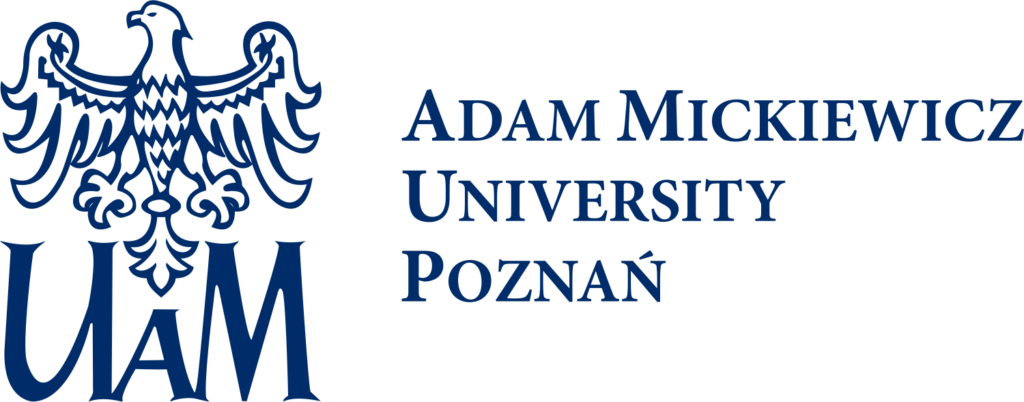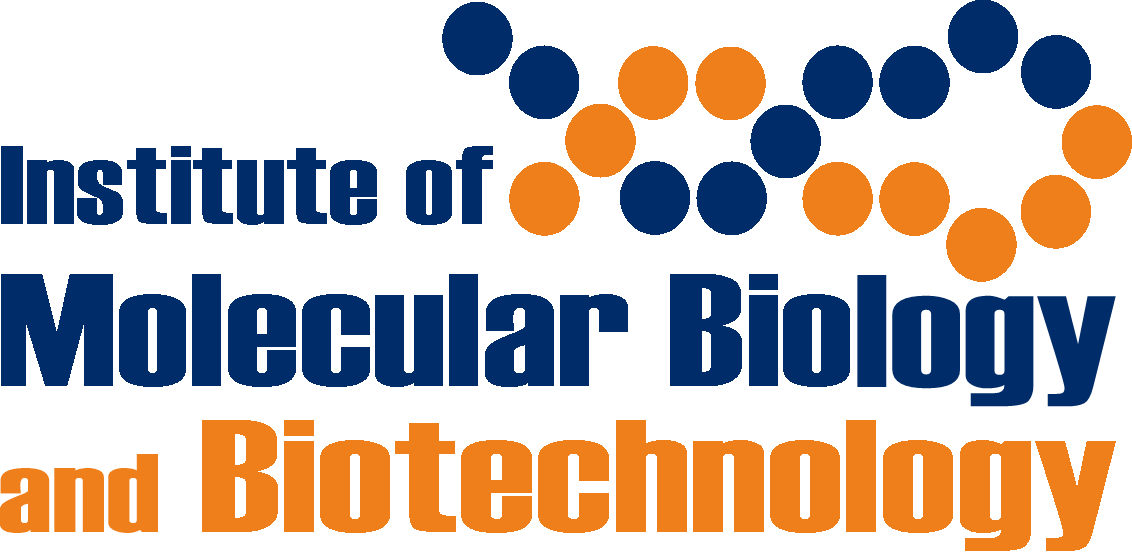Specialized Equipment
High-speed centrifugation
Provides access to equipment and services mostly related to high-speed centrifugation, which is available in Centrifuge room (G-1.81, 1st floor Collegium Biologicum). These include two floor ultracentrifuges (Beckman Coulter Optima XPN-100, Beckman Coulter Optima L-90K), two preparative floor centrifuges (Beckman Coulter Avanti J-26XPI, Beckman Coulter Avanti J-30I), three table centrifuges (Beckman Coulter Allegra X-30R, ThermoScientific Sorvall ST 16R and ThermoScientific Heraeus Multifuge X1R), balance for equilibrating of centrifugation tubes, rotors for floor centrifuges in the wardrobe, rotors for ultracentrifuges and table centrifuges in lockers under tables (see on-site indications).
Responsible staff: Prof. Michał Rurek (Department of Molecular & Cellular Biology. room 1.94, phone: 61 829 5973, rurek@amu.edu.pl): group, individual and new staff training, equipment service negotiations, magnetic cards management, contact with Beckman Coulter PL representatives.
Molecular biology techniques
Core facility for molecular biology techniques provides access to equipment and services mostly related to DNA/RNA and proteins analysis. Nucleic acids: RNA and NGS libraries quality are analyzed using 2100 Bioanalyzer (Agilent) and appropriate chips and reagents (Agilent). Nucleic acids quantity are analyzed using Qubit 3.0 Fluorometer (Thermo Fisher Scientific Inc.), DS 11+ Spectrophotometer (DeNovix) and plate readers: Infinite F200 Pro (with additional NanoQuant plate for small volumes measurement) (Tecan) and Spark multimode microplate reader (Tecan). ChemiDoc Imaging System (Bio-Rad) is used mostly for Western blot and protein gels analysis and documentation using chemiluminescence or amido black options. Nucleic acid and protein gels are visualized using G:Box systems (Syngene). For protein purification two ÄKTA pure 25 chromatography systems are used (GE Healthcare).

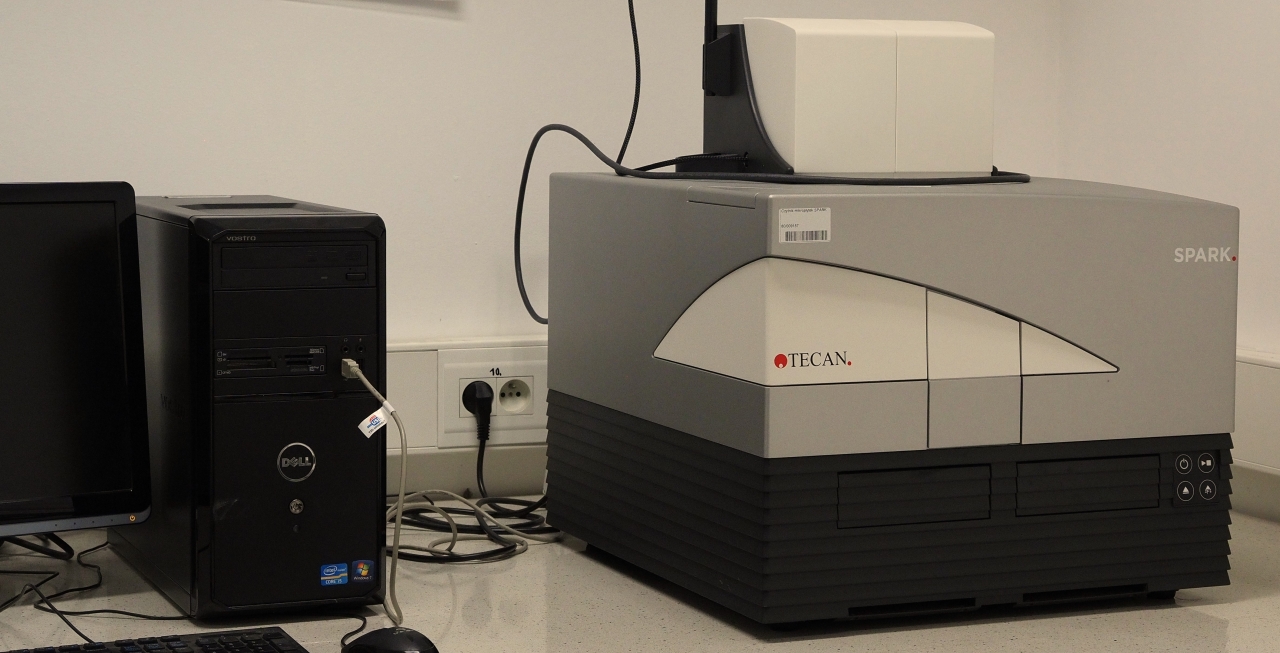
Imaging and radioisotope work
This facility has two phosphorimagers: Typhoon 9500 and FLA-5000, which are available for scanning either radioisotope-labeled or fluorescently labeled samples. The facility also includes two appropriately equipped and protected labs with controlled access for work with radioactivity. It also consists of a cold-room. The head of the facility is a licensed isotope work inspector.
The laboratory of high-throughput technologies
The laboratory provides access to Next Generation Sequencing based on Illumina MiSeq and HiScan SQ systems with cBot.
Responsible staff: Prof. Joanna Wesoly
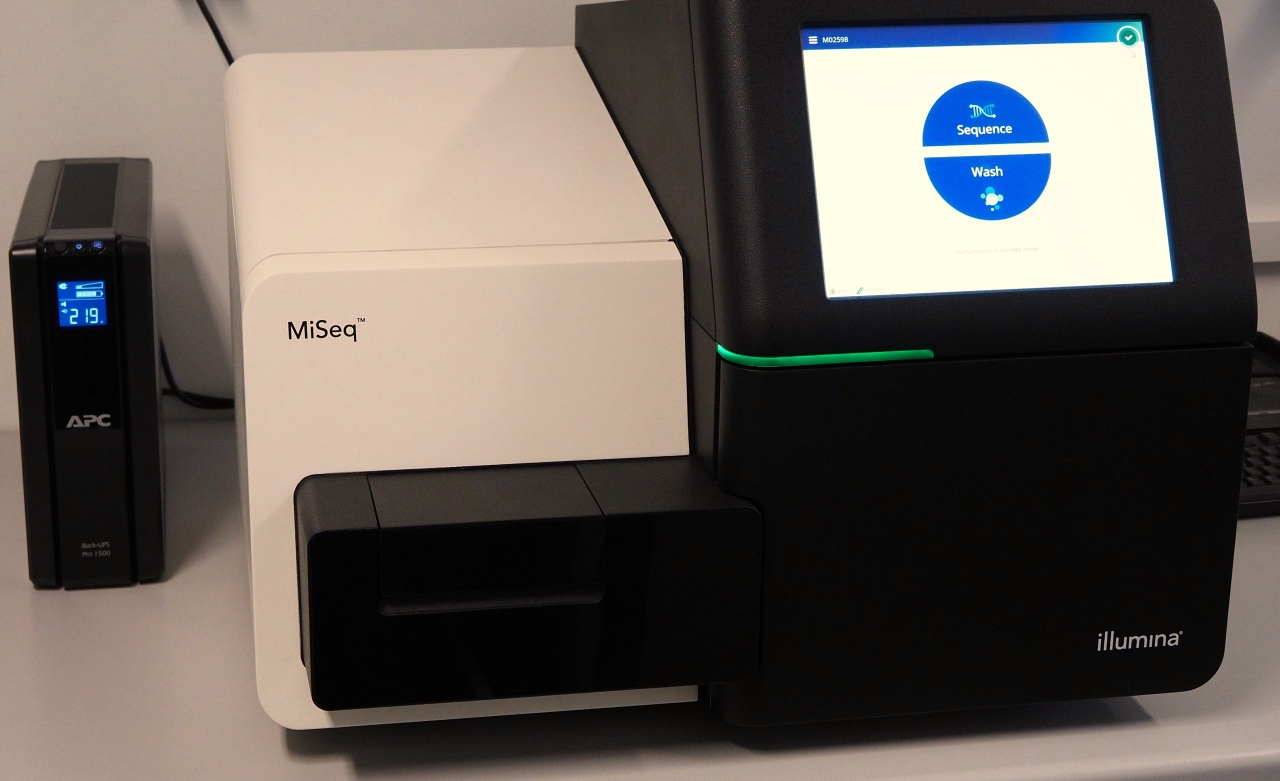
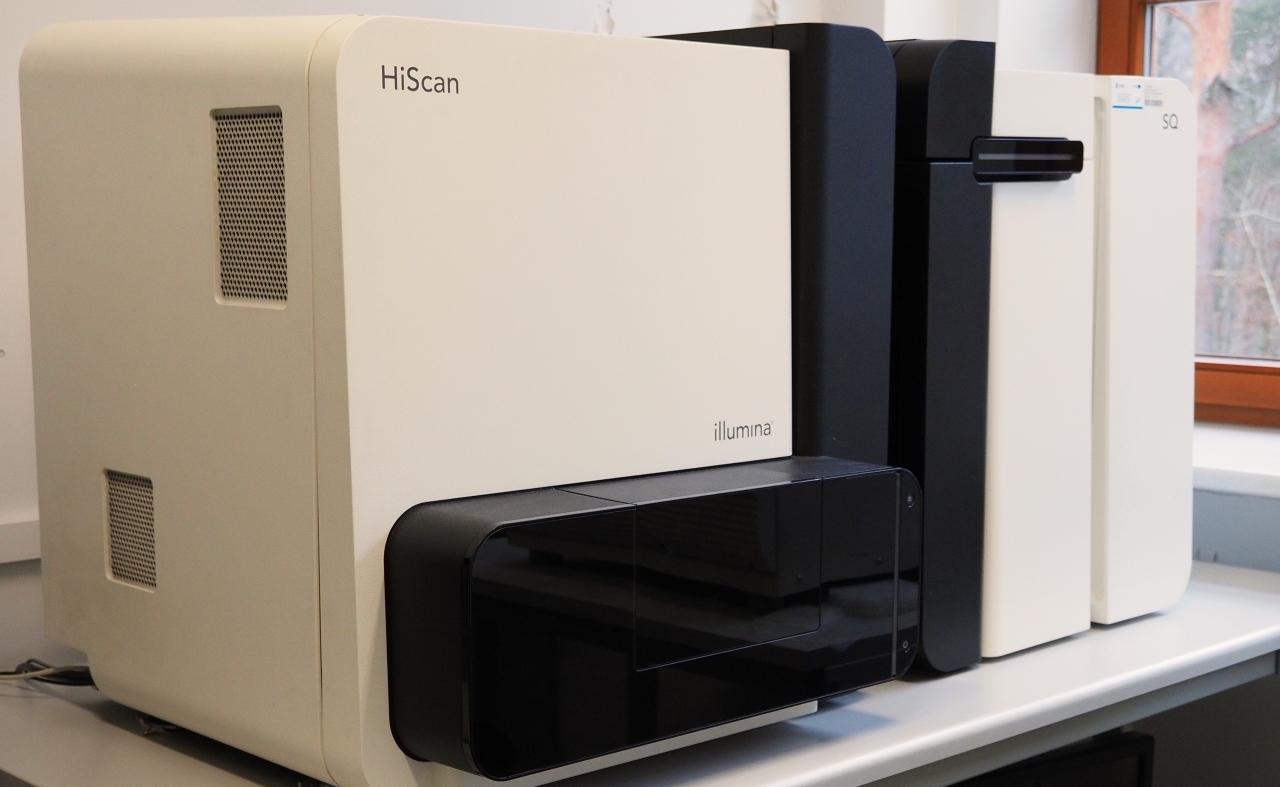
The Real-time PCR facility has three classical, 2nd generation Real-time PCR devices and one 3rd generation Real-time PCR system: QX200 Droplet Digital PCR System (Bio-Rad).
The 2nd generation Real-time PCR devices are: QuantStudio 6 Flex Real-time PCR system (Applied Biosystems), QuantStudio 7 Flex Real-time PCR system (Applied Biosystems) and 7900HT Fast Real-time PCR System (Applied Biosystems). They allow for sample analysis using interchangeable block for either 96- or 384- well plates. Quantitative and qualitative (post-PCR (endpoint)) analyses are possible. Relative and absolute quantification analyses can be performed using either SYBR Green or TaqMan probes with Hex and Fam dyes. In the case of QuantStudio 6 Flex and 7 Flex Real-time PCR system, excitation is induced by a halogen lamp. The machines allow to detect differences as small as 1.5-fold in singleplex reactions with 10 logs dynamic range. The QuantStudio 6 Flex system possesses five-color filter set while the QuantStudio 7 Flex system features a decoupled six-by-six-color filter set. The third device uses argon-ion laser for excitation.
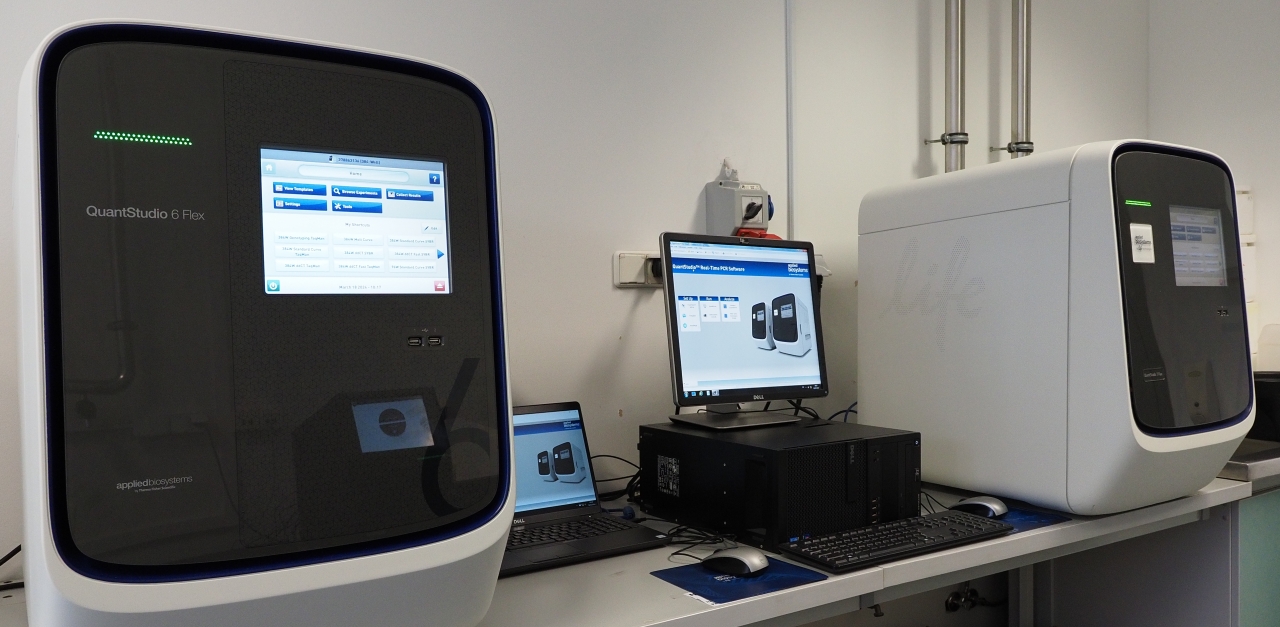
QX200 Droplet Digital PCR System is composed of QX200 droplet generator, PX1 PCR Plate Sealer and QX200 Droplet Reader. PCR reaction is performed in 96-well plate using such a thermocycler, like T100 Thermal Cycler (Bio-Rad). This system allows for absolute quantification. Instead of SYBR Green, a next-generation DNA-binding dye, i.e. EvaGreen dye is used. TaqMan hydrolysis probes can also be used. There are 20000 single PCR reactions, which are performed in approximately one nanolitre volume. Based on positive and negative droplets number, copies per 1 ml are calculated. The calculation uses Poisson correction. System can be used for gene expression analysis, copy number variation analysis (CNV), eDNA (environmental DNA) analysis, NGS data verification.
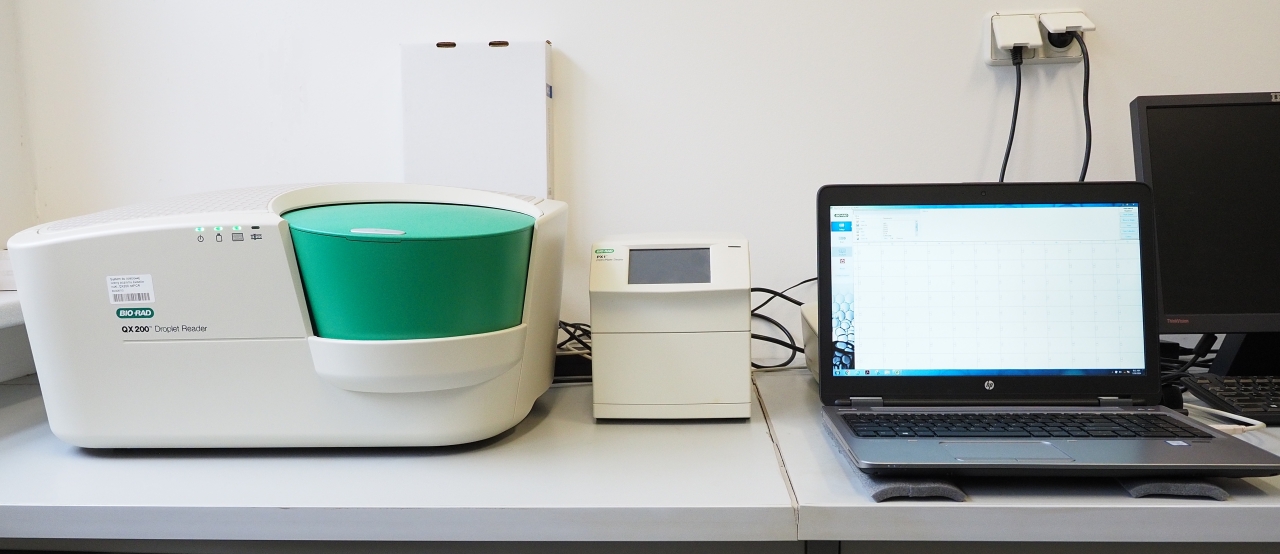
Specifications:
2nd generation real-time PCR devices:
QuantStudio 6 Flex Real-time PCR system (Applied Biosystems).
QuantStudio 7 Flex Real-time PCR system (Applied Biosystems).
7900HT Fast Real-Time PCR System (Applied Biosystems).
https://assets.fishersci.com/TFS-Assets/LSG/manuals/cms_039844.pdf
3rd generation Real-time PCR device:
QX200 Droplet Digital PCR System (Bio-Rad).
https://www.bio-rad.com/en-pl/life-science/digital-pcr/qx200-droplet-digital-pcr-system
Responsible staff: Prof. Andrzej Pacak
